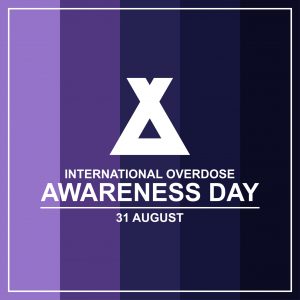 People who experience an alcohol or drug addiction often relapse at some point during their path to recovery. Relapsing does not necessarily mean that addiction treatment has failed; however, it is a harmful and potentially life-threatening obstacle to recovery and should be prevented before it can occur.
People who experience an alcohol or drug addiction often relapse at some point during their path to recovery. Relapsing does not necessarily mean that addiction treatment has failed; however, it is a harmful and potentially life-threatening obstacle to recovery and should be prevented before it can occur.
Relapse typically occurs in three stages: emotional, mental, and physical. The emotional relapse stage occurs when you are unable to cope with your emotions in a healthy way. The mental stage occurs when you begin to experience cravings and consider the possibility of relapsing, which may involve glorifying past substance use and minimizing its negative effects. The physical stage begins when you give in to these cravings and return to substance use.
As the stages of relapse progress, you may find yourself increasingly vulnerable to certain risk factors that speed up the process. Some of the most common of these risk factors include:
Social pressure: A wide variety of social factors, such as peer pressure from people who use drugs or alcohol, interpersonal conflicts, and a lack of social support can all contribute to a relapse.
Environmental triggers: Physical sensations, such as scents, as well as certain objects or places that you associate with drug or alcohol use may induce or intensify cravings.
Insufficient coping mechanisms: Relapse often occurs when internal coping mechanisms fail to help you process the negative thoughts, emotions, and sensations you experience in a healthy way, making drug or alcohol use potentially seem like an easier way of relieving these pressures.
The best way to prevent an addiction relapse is to work with medical professionals that can give you the guidance and resources you need to stay sober and manage risk factors in a healthy, effective way. Flushing Hospital Medical Center’s Division of Addiction Services can help through our Reflections treatment program. To learn more, please call (718) 670-5078.
All content of this newsletter is intended for general information purposes only and is not intended or implied to be a substitute for professional medical advice, diagnosis or treatment. Please consult a medical professional before adopting any of the suggestions on this page. You must never disregard professional medical advice or delay seeking medical treatment based upon any content of this newsletter. PROMPTLY CONSULT YOUR PHYSICIAN OR CALL 911 IF YOU BELIEVE YOU HAVE A MEDICAL EMERGENCY.




